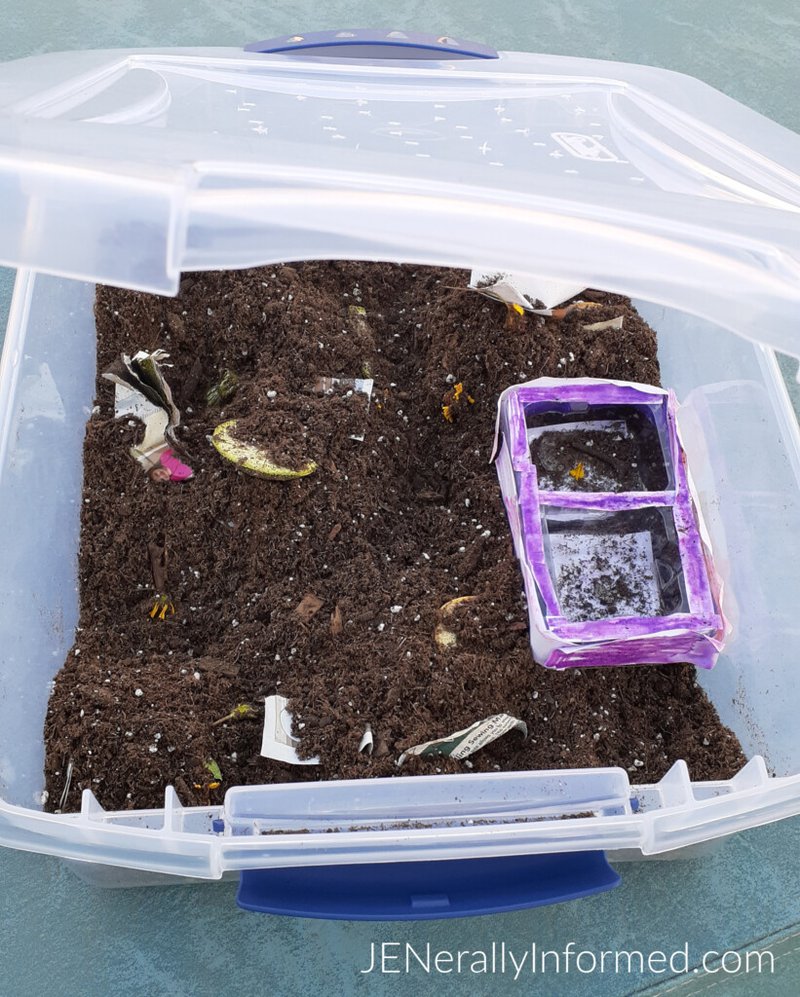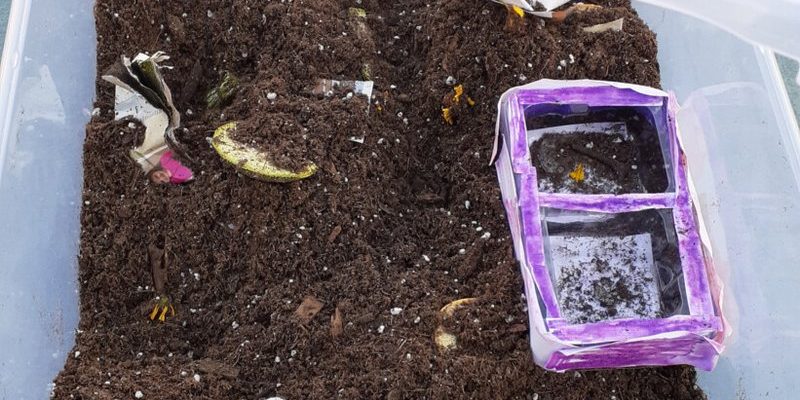
Creating this garden is a bit like setting up a fish tank, but instead of water, you’ll be working with soil, plants, and some careful planning. You want to provide the right conditions for inchworms and, in turn, attract them to your garden. Don’t worry if you’re not a gardening pro; I’ll take you step by step through the process of designing a garden that welcomes inchworms and provides an inviting home for them.
Understanding Inchworms and Their Habitats
Before we start planting, let’s chat about what inchworms need. These little guys thrive in environments that provide plenty of food and shelter. Inchworms are the caterpillars of certain moths, and their diet consists primarily of leaves from trees and shrubs. So, if you want to encourage them to visit—and hang out—you’ll need to consider your plant choices carefully.
Inchworms tend to like deciduous trees, such as oaks, maples, and birches. They also love certain shrubs and herbaceous plants. Think about planting a mix of these, as it’ll give inchworms plenty to munch on. Just imagine a buffet of delicious leaves waiting for them!
Furthermore, inchworms enjoy being hidden from predators. This means incorporating some dense foliage to provide safe spots for them is essential. You might want to create a layered garden with taller trees at the back and shorter plants at the front—like a tiered cake of greenery.
Planning Your Inchworm-Friendly Garden Layout
Once you know what plants inchworms adore, it’s time to get your layout sorted. Take a moment to sketch out your garden, thinking about where the sun shines and how much shade different areas get throughout the day. Inchworms like to move slowly, and they also appreciate having choices, so creating a winding pathway for them can be part of the fun.
Consider these layout tips:
- Sunshine vs. Shade: Inchworms thrive in a mix of sunlight and shady spots. Be mindful of this when arranging your plants.
- Group Similar Plants: Cluster plants that inchworms enjoy together. This helps them find food easily and keeps your garden looking lush.
- Include Ground Cover: Add low-growing plants or ground cover to provide more hiding spots for inchworms.
Think of your garden as a miniature ecosystem, where inchworms can thrive alongside butterflies and birds. Creating different layers and spaces gives them places to explore, which makes observing them all the more exciting!
Choosing the Right Plants for Your Habitat Garden
Now, let’s roll up our sleeves and talk about the plants. You’d be surprised how many species attract inchworms and create a welcoming atmosphere. Here are some excellent plant choices to consider:
- Maple Trees: Their leaves are a favorite among inchworms, and they provide great shade.
- Birch Trees: These slender beauties not only attract inchworms but also add a lovely aesthetic to your garden.
- Hickory and Oak Trees: Both provide plentiful food sources and great spots for inchworms to hide.
- Azaleas: These flowering shrubs can be an attractive addition, offering colorful blooms while providing food.
- Lady’s Mantle: This low-growing plant has leaves that inchworms love and it spreads beautifully.
A mix of these plants will ensure your garden is not just beautiful, but also a thriving habitat for inchworms. Think about creating different patches or groups of these plants to encourage more inchworms to visit.
Watering and Soil Considerations
As we move forward, it’s essential to think about how you’ll keep your habitat garden thriving. Like all creatures, inchworms need a balanced environment to flourish. This includes proper soil and watering techniques.
For soil, aim for a mix that retains moisture but drains well. You might want to combine your garden soil with compost, which adds nutrients for both your plants and the inchworms. If the soil is too compact, it can make it tough for inchworms to dig in. So, mixing things up is key!
When it comes to watering, you want to keep the soil damp but not soggy. Think of it like giving your plants a nice drink without overwhelming them. A good rule of thumb is to water deeply once or twice a week, depending on your climate.
Remember that inchworms can be sensitive to chemical pesticides and fertilizers, so using organic methods will help keep your garden safe for them.
Creating Shelters and Hiding Spots for Inchworms
A crucial part of designing a habitat garden for inchworms is providing shelters where they can hide. Here’s a fun fact: inchworms often hang out on plants during the day, but they become more active in the evening. This means the more hiding spots you create, the better they’ll feel.
Consider adding some of these features to your garden:
- Leaf Litter: Letting some leaves pile up can offer inchworms a cozy place to hide.
- Branches and Logs: Adding fallen branches can create a natural environment for inchworms to climb and explore.
- Dense Foliage: Planting in clusters will not only look nice but also provide more cover for inchworms.
By creating these hiding spots, you’re not just inviting inchworms to visit; you’re encouraging them to hang around and thrive!
Encouraging a Variety of Wildlife in Your Garden
The beauty of creating a habitat garden for inchworms is that you’ll likely attract other fascinating wildlife too. This opens up a whole new world of observation and interaction. Birds, butterflies, and even beneficial insects can be drawn to the same plants that inchworms love.
Here are a few tips for encouraging other wildlife:
- Plant Diversity: A variety of plants attracts different species. The more diverse your plants, the more creatures you’ll see.
- Provide Water Sources: Small birdbaths or shallow dishes with water can help keep birds and insects hydrated.
- Avoid Pesticides: Going organic in your gardening practices will create a safe environment for all creatures.
By welcoming a mix of wildlife, you turn your garden into a little ecosystem, where each species plays a role. Isn’t that amazing?
Observing Inchworms and Documenting Your Findings
After all your hard work, it’s time to sit back and enjoy the fruits of your labor! Observing inchworms can be a fun and educational experience, especially for kids. Grab a notebook or set up a camera to document your findings.
You might find inchworms crawling along branches, munching on leaves, or even inching their way across the ground. Here are a few tips for observing them:
- Time of Day: Early morning or late afternoon is a great time to spot them.
- Be Patient: It might take time, but inchworms will show up if you’ve created a welcoming environment.
- Keep a Journal: Document your observations. Note where you find inchworms, what they’re eating, and how they behave.
Seeing inchworms in action can lead to a deeper appreciation of the natural world around us. It’s like being a detective in your own backyard, uncovering the secrets of these little creatures.
Creating a habitat garden for inchworm observation not only gives you a chance to enjoy nature but also contributes to the wellbeing of your local ecosystem. By providing the right plants, shelters, and a little love, you’ll open the door to a fascinating world right outside your door.
So, grab those gardening gloves, and let’s get started on this rewarding adventure together!

